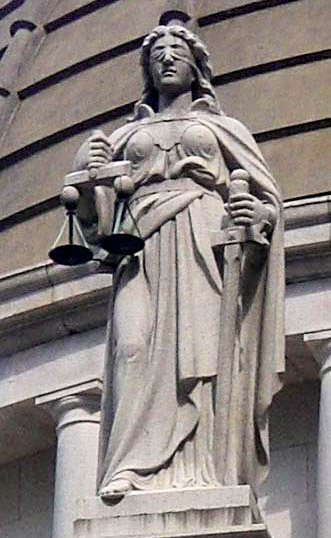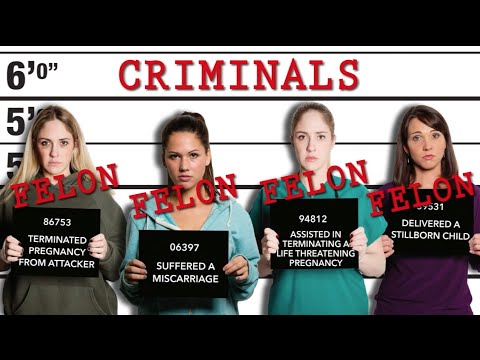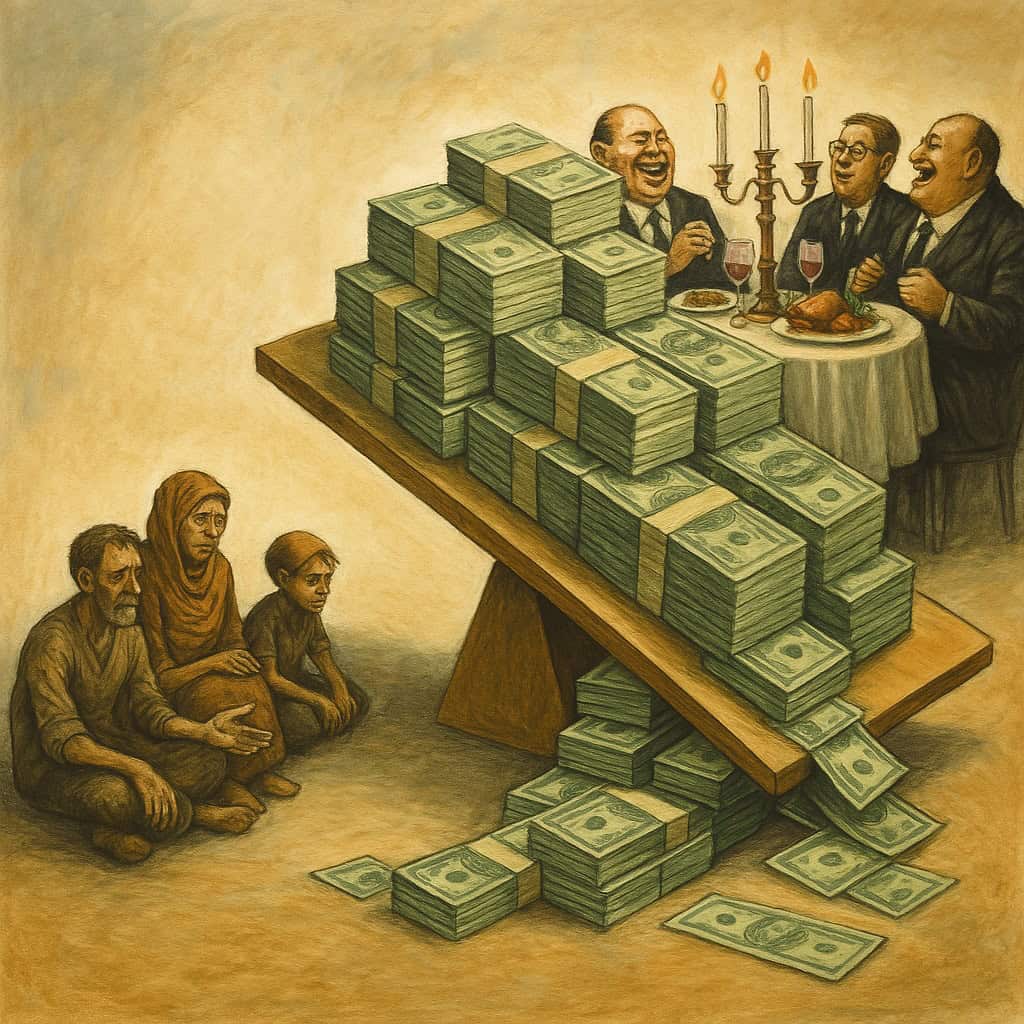Abortion Rights in US Legal System
Issue Conflict
When the US Supreme Court reversed the nearly 50-year-old precedence of Roe v. Wade on June 24, 2022, it was an earthquake to the landscape of Constitutional rights. Our society has shifted because of the new Federal ban on abortions and the potential loss of other privacy derived freedoms; however, in this post I will restrict the discussion to three main points:
- The proper role of the government in the abortion decision.
- The logic of the decision between a woman’s and a fetus’s right.
- The consequences for women, fetuses, and society.
Role of Government
Why does the United States government have a right to interfere with a pregnant woman’s decision on abortion? Is it in the Constitution? No. Certainly not explicitly. Privacy rights under 14th amendment, always appeared ad hoc to me, although it had resulted in a decision I could support.
The Tenth Amendment addresses rights not referenced in the Constitution: the Federal Government only has those powers delegated in the Constitution. If it isn’t listed, it belongs to the states or to the people. The Constitution also declares, “the enumeration in the Constitution, of certain rights, shall not be construed to deny or disparage others retained by the people.”
Thus, constitutionally, the abortion decision should fall to states or to individuals. It makes the greatest sense for women to full right of the decision until the fetus can sustain itself. After that, the state governments may make rules that impinge upon the woman’s freedom of action. That’s an unreasonable solution that highlights that the United States are not fully unified.
Should we be two independent nations? One supporting individual decision-making. In the other, the state decides personal matters.
When a government forbids abortions, it’s asserting rights for the unborn and therefore must assume some responsibilities for the to-be child and the woman who is doing the state’s bidding.
Logic of Abortion Decision
The abortion issue is both moral and definitional. Morally, does every individual have to right to life? Except for the death penalty imposed on some murderers by courts, as a nation, we believe that yes, every individual has the right to life.
The fulcrum of the abortion argument lies in the definition of individual. Is an individual formed as soon as conception takes place? Many people, including me, do not believe that the embryo is a functioning person. The embryo requires the pregnant woman’s full biological support. It cannot survive on its own. This complete dependence lasts until the fetus, at about twenty-third week, may survive, with intensive medical care, outside the pregnant woman’s body.
The right to life is the fetus’s aspect of the abortion decision.
Let’s consider the pregnant woman’s position. Are her rights over her own body to count for nothing? Doesn’t she have the right to determine her own future, as promised in the Declaration of Independence phrase, “Life, Liberty, and the Pursuit of Happiness”?
And let’s not forget that 85% of pregnancies result in children (2019). Women, when pregnant, overwhelmingly choose to give birth. That pregnant mothers sometimes choose abortion reinforces that the knowledge that situational factors are crucial to these decisions. States banning abortion ignore the wrenching decisions that some women are compelled to make.
A good government must resolve clash of rights between individuals amicably. Here, the individuals are the pregnant woman choice based on her understanding of her future and the potential child’s future and that of a post-conception embryo, which can duplicate cells, but nothing else.
The right to life of a fetus, unable to live outside the pregnant woman’s body, is palpable less than the right to self-determination of the living woman.
The total ban on abortions is a flawed decision, as it values the rights of a potential future person over a current living person.
Immediate Consequences of Abortion Reversal
Most of the sour response to the Supreme Court decision laments the loss of women’s control over their own body, while the jubilation revolves about protecting the life of the fetus. Let’s consider an abortion ban impact in a few sample situations.
Cases
- Everything is wonderful scenario. A prospective mother in good health with a promising future who hitherto might have aborted the fetus. The child is born to a promising environment and grows up to live happily ever after.
- The wife, in a family barely scrapping by, finds she’s pregnant. Forbidden an early abortion, she and the family grow. Each child gets less sustenance and less attention, increasing the risk of poor upbringing and undesirable results.
- A mother’s life is in danger by pregnancy, as by an ectopic pregnancy. The mother may die and the child may live. This resulted from the state government’s decision. What responsibility does the state have to the woman’s family and for the child’s upbringing?
- Rape victims. Banning abortion for rape victims forces the woman to care for her attacker’s child. Not only was she the victim of a crime, they sentenced her to a lifetime of servitude to the rapist’s offspring. Some woman may select to raise that child—more power to them—but others may not and they need the ability to reclaim their future from the rapist.
- Incest victim. The youthful family member had no role in the decision to conceive. The crime of incest leads to similar logic as for rapist victim. Abortion must be available.
- All is wrong in the world scenario. A drug-addled female is impregnated by a John. Without abortion, she will raise the child in a crib in her workspace. Is that a result we want?
Downstream Consequences
Personhood at Conception, written a few years ago, before the recent Supreme Court overturning of Roe v. Wade, discusses potential criminal consequences from pregnancies that do not result in births. Miscarriages and birth defects (potentially injuries to fetuses) may lead to liabilities for women, doctors, service providers like bartenders, and corporations.
All miscarriages may eventually require a legal review to prove the maternal woman did everything proper to protect the fetus. An extreme example might involve deciding the woman threw herself down a staircase to induce a spontaneous abortion.
Government Responsibility
The ancient adage, “With great power comes great responsibility” applies.
Since governments interfere with a woman’s right to choose, they must accept responsibility for their decisions.
As they demand births from all pregnant women, isn’t the government responsible for necessary medical treatment for the mothers-to-be? Court cases should be filed now to ensure states meet their obligations. After the birth, states retain an interest in proper support for the newborns they protected in vitro. States must meet their obligations.
Way Forward
The ancient adage, “With great power comes great responsibility” applies. If the government demands births from all pregnant women, then it must provide necessary medical treatment for the mothers-to-be and, after birth, it must ensure that proper environmental support for the newborns.
Before a fetus is viable and capable of sustaining life on its own (about 23 weeks), the woman should have the power of her own decision. Thereafter, the state governments, as the proper venue under our Constitution, can argue thereafter abortion is no longer a personal decision, but a state decision to protect an individual.
Image. Scales of Justice Hong Kong Statue By ChvhLR10 – Own work, CC BY-SA 3.0, https://commons.wikimedia.org/w/index.php?curid=4707069




